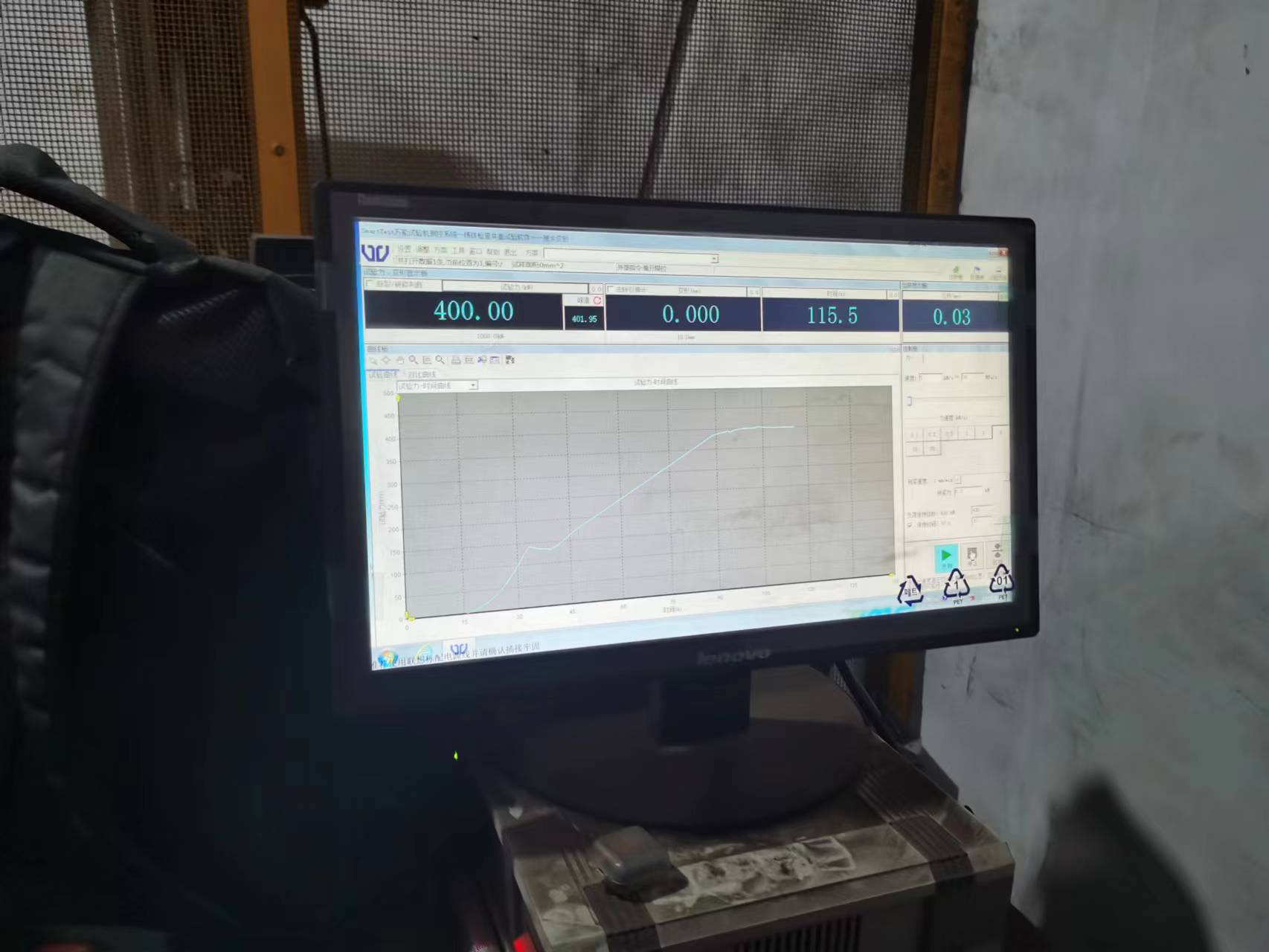Innovative Design of Cryogenic Butterfly Valves for Extreme Temperature Applications
Understanding the Cryogenic Butterfly Valve Design, Function, and Applications
In the realm of industrial applications, managing temperature-sensitive fluids is a critical concern. One of the key components that play a pivotal role in this domain is the cryogenic butterfly valve. Designed specifically for handling extremely low temperatures, these valves are essential for systems that transport liquefied gases such as LNG (liquefied natural gas), liquid nitrogen, and other cryogenic substances. This article delves into the design, functionality, and applications of cryogenic butterfly valves.
Design Features
Cryogenic butterfly valves are engineered to operate effectively under sub-zero temperatures, typically below -238°F (-150°C). The design of these valves incorporates materials and features that ensure reliability and efficiency. Key materials often include stainless steel, brass, and specially formulated elastomers that can withstand the rigors of cryogenic environments without becoming brittle or losing elasticity.
The valve mechanism is characterized by a disc that rotates around a central axis, allowing fluid to flow through when the valve is open and effectively sealing off flow when it is closed. This design minimizes pressure loss and turbulence during operation. Additionally, cryogenic butterfly valves feature special seals and insulation to maintain temperature integrity and prevent heat transfer, which could cause undesired phase changes in the fluids being transported.
Functionality
The primary function of a cryogenic butterfly valve is to regulate the flow of cryogenic fluids. When the valve is in an open position, the disc is aligned with the flow direction, enabling unrestricted passage of liquid or gas. Conversely, turning the valve handle rotates the disc perpendicularly to the flow, effectively cutting off the fluid path.
Operators find these valves particularly advantageous due to their lightweight design compared to traditional gate or globe valves, making them easier to install and maintain. Moreover, they can be actuated manually or automatically, allowing seamless integration into automated systems. In many applications, electric or pneumatic actuators are used, providing precise control over the operation of the valve.
Applications
cryogenic butterfly valve

Cryogenic butterfly valves are critical components across various industries, including
1. Aerospace Utilized in rocket launching systems and satellite propulsion, these valves control the flow of liquid fuel and oxidizers at cryogenic temperatures.
2. Energy In the oil and gas sector, cryogenic butterfly valves are essential for the efficient transportation and storage of LNG. They ensure safe and reliable operations from liquefaction facilities to distribution networks.
3. Industrial Gas Facilities that produce gases such as liquid nitrogen, oxygen, and argon employ cryogenic butterfly valves to manage the flow during storage and delivery, ensuring that the gases remain in their liquid state.
4. Medical In the healthcare industry, cryogenic technology is used for the storage of biological samples and medications. Butterfly valves regulate the flow of cryogenic fluids in various storage systems, ensuring temperature control during transportation.
5. Cryogenic Cooling Systems These valves also play a role in cooling technology, where they help control the flow of refrigerants in systems designed for maintaining low temperatures.
Conclusion
Cryogenic butterfly valves are indispensable in the safe and efficient handling of low-temperature fluids across multiple sectors. Their unique design, coupled with advanced materials, allows them to function effectively even in the harshest conditions. As industries continue to seek efficient ways to handle cryogenic materials, the cryogenic butterfly valve will remain a fundamental component, ensuring both operational efficiency and safety. Whether in aerospace, energy, or industrial applications, these valves are critical in advancing technologies that rely on the management of temperature-sensitive substances. Understanding their design, functionality, and diverse applications can help industries better implement these solutions for enhanced performance and safety in handling cryogenic materials.
-
The Smarter Choice for Pedestrian AreasNewsJun.30,2025
-
The Gold Standard in Round Drain CoversNewsJun.30,2025
-
The Gold Standard in Manhole Cover SystemsNewsJun.30,2025
-
Superior Drainage Solutions with Premium Gully GratesNewsJun.30,2025
-
Superior Drainage Solutions for Global InfrastructureNewsJun.30,2025
-
Square Manhole Solutions for Modern InfrastructureNewsJun.30,2025
-
Premium Manhole Covers for Modern InfrastructureNewsJun.30,2025
